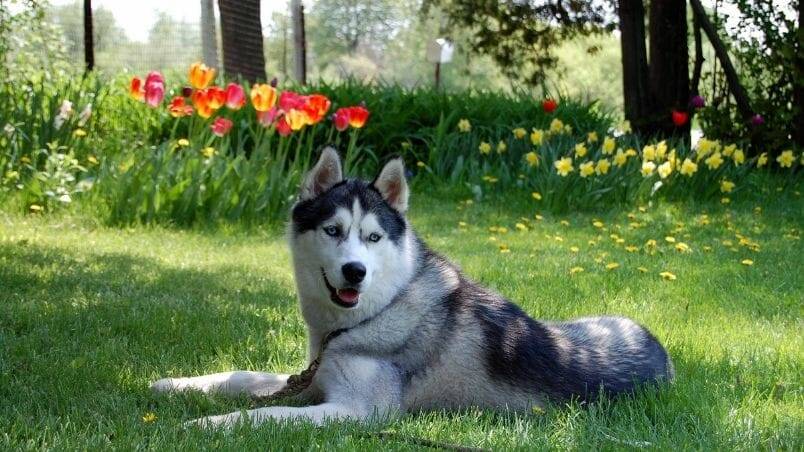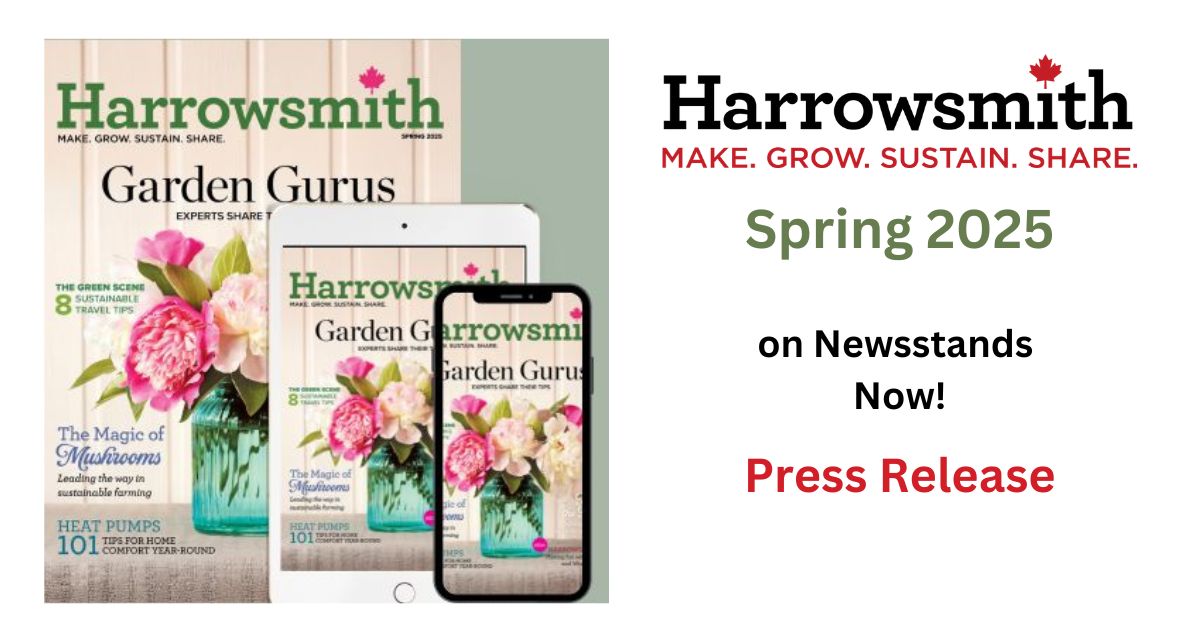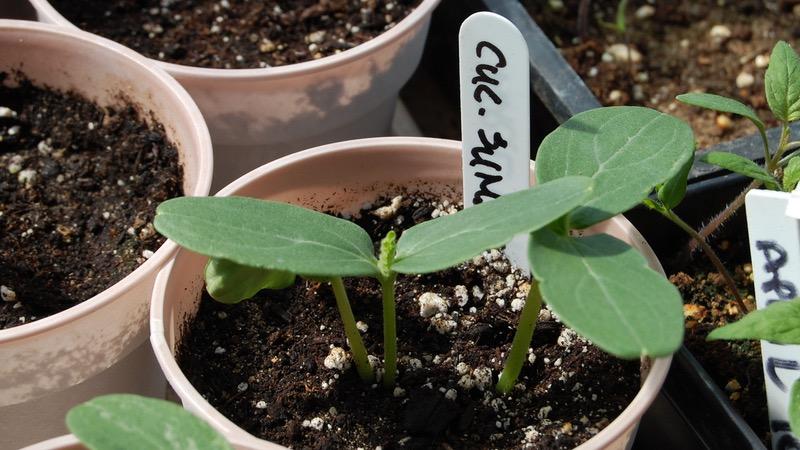If you are fortunate enough to have a yard where a pet can run and skip and chase squirrels, I have some advice for you: Before you bring a pup home, consider how you can design your yard and garden to best suit your beast and your lifestyle.
Here are some ideas for a pet-friendly garden.
- Remember that dirt equals mud. If you already have a pet, chances are that you know where they like to travel in the yard. A beaten-down path through the lawn and garden is your cue to put down a hard surface like patio slabs or interlocking brick. Dirt, after all, becomes mud—especially in the fall, when the rains come, and spring, during the thaw. Make your “dog paths” at least a metre wide.
2. Cool it. Every pet needs a shady place to cool down. Plant trees or large growing shrubs on the south and west sides of your yard to provide shade during the hottest parts of the day. Avoid planting shrub roses, barberry or other plants that have sharp thorns. Also, know and avoid poisonous plants (see tip No. 6, below).
3. Deal with the “unmentionable” (i.e., the need for pets to relieve themselves). Dogs are famous for burning the grass where they squat to urinate. The dead grass is not the result of acidity in the urine; it is the concentration of urea (nitrogen) that causes the lawn to die in patches. The solution is to dilute the urea by hosing down your lawn when you see the culprit do its business. When brown patches occur, have a bucket of pre-moistened sand-and-grass-seed mix standing by, just like the golf courses do for repairing divots. When a dead patch occurs in my lawn, I spread a scoop of lawn seed/compost/fertilizer mix and water it in. You will be surprised at how quickly the seed germinates.
4. Keep in mind that cats are attracted to dry soil. You can discourage them from using your garden as a latrine by keeping the soil under your soffit and fascia moist. Orange peel is known to discourage cats (and it smells a lot better, too). Scented plants, like lemon geraniums, basil and verbena, can also discourage them. Likewise, garlic and lavender are said to do the job.
5. Never, under any circumstances, use moth balls to deter cats from your garden. They generally do not work, and they are poisonous to humans. Curious youngsters can easily pop one in their mouth with very unhappy consequences.
6. Choose plants wisely. Many plants are poisonous to animals. Here’s an incomplete list of commonly used plants that can cause harm.
Aloe
Amaryllis
Apple (including crabapple)
Begonia
Black walnut
Boxwood
Calla lily
Castor beans
Clematis
Coleus
Cyclamen
Daffodil
Foxglove
Hellebore
Hosta
Hydrangea
Lily of the valley
Milkweed
Periwinkle
Rhubarb (leaves)
Tomato (leaves)
Yarrow
Yucca
7. Don’t forget that dogs like to dig. Many dogs are diggers by nature. There’s not much you can do to change that if you happen to have one. But you can discourage them from ripping up your beets and potatoes prematurely by placing chicken wire over areas in the garden that your dog likes to frequent. Or create a space for your dog to dig and fence it in. Generally, dogs and cats are creatures of habit, and once they have established a safe, fun place to kick up some dirt, they will stick with it.
7. Save space for yourself. After you have considered where your dog is going to live while in the yard, be sure to carve out space for you and your family, such as an entertainment area, which is usually on the deck. The area around it should be reserved for family and friends. Fencing the dog out of this area is only reasonable, as guests are not always as enthusiastic about greeting your dog as your dog may be about greeting them.
8. Give your pets water. This basic element of life is essential. A visit to your pet supply store will introduce you to all kinds of innovative gizmos that can provide your pet with access to fresh water. To make it easy on yourself, locate the area dedicated to your dog near a faucet, where you can easily pour some fresh water into a large container before you head out to work.
9. Exercise your dog. Every dog needs to run and play. If you have a yard large enough to accommodate a dog “run,” then I would encourage you do put one in; if not, check out the dog-friendly parks in your neighbourhood and plan on spending lots of time there. At our previous home, we walked five minutes down the street to a public park each day at 4 p.m. to the “dog party.” Our dog was able to socialize with others and run its heart out, and we met some nice dog people.
While most readers will be thinking in terms of cats and dogs while contemplating a pet-friendly garden, there are other animals that can be a lot of fun to have in the yard, too.
Chickens are becoming more popular in the urban setting. Bylaws notwithstanding, I can tell you first-hand that every chicken has a personality, they are not noisy (as long as you avoid keeping a rooster) and they are much less work than you likely imagine. They also take up very little space per bird. They do need their own house for security reasons, as raccoons love to chow down on fresh chicken. With their constant scratching and pecking, chickens can devastate a small garden; in an urban environment, it is best to bring the garden to the chickens and throw them some greens each day to keep them happy. We have raised chickens for 10 years, and I have not met a chicken that I didn’t like. Mind you, we have avoided raising roosters to prevent the noise that can result from keeping them.
We also had a duck for seven years — a domestic Rouen duck with beautiful markings on his wings and an engaging personality. On many occasions he made me laugh out loud!
With some foresight and imagination, you, your pet and your garden can live together quite nicely.

























